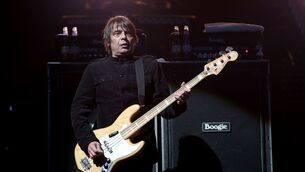Seán Ó Riada: Nine major milestones in the life of Cork's great composer
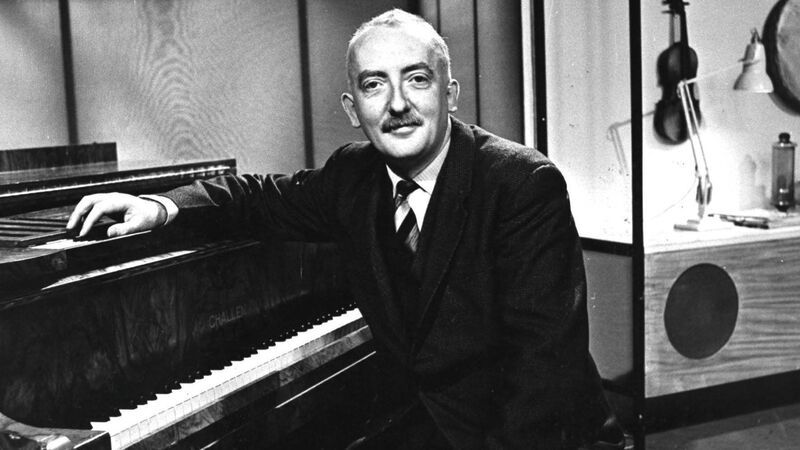
Born in Cork in 1931, Seán Ó Riada went on to become a household name, presenting radio shows, lecture series, writing a play, becoming a university lecturer, founding a choir, making 700 arrangements of songs and dance music, and composing a body of classical work.
In a career spanning less than two decades, Seán Ó Riada spearheaded a reimagination of Irish traditional music, composed the first Irish language Mass, and created Mise Éire’s iconic film score.
Born in Cork on August 1, 1931, he went on to become a household name, presenting radio shows, lecture series, writing a play, becoming a university lecturer, founding a choir, making 700 arrangements of songs and dance music, and composing a body of classical work.
Meantime, he became a father seven times, started a film company, and instigated employment opportunities in his adopted Gaeltacht community.
Ó Riada’s creative flame burned brightly but briefly until his premature death, aged 40, but if the breadth and sheer volume of his achievements borders on the mythic, he gave the impression of accomplishing it all “with great ease”.
“In the 18 years of his adult life, as far as I can see, there was no spare minute,” says his eldest son Peadar.
Described by poet John Montague as “a formidable intellect”, even when notating orchestral scores, Seán “didn’t sit down for hours and hours composing – he just did it there and then”.
After graduating with a music degree from UCC in 1952, Ó Riada married arts student Ruth Coughlan and moved to Dublin as assistant musical director of Radió Éireann.
The job allowed little personal creative expression, but the seeds of Ó Riada’s later immersion in traditional music and Irish language were sown here, says Peadar, though his roots were already deep in native culture.
He points to Seán’s meeting during Oireachtas na Gaeilge with a Cúil Aodha contingent including Dónall Ó Ceocháin, whose house Ó Riada later purchased. “It was part of his duties to cover the Oireachtas so he spent a week with them,” says Peadar. “There was a connection made there, and his mother was from Cill na Martra, so he would have been aware of Gaeltacht culture and the Irish language growing up, and of traditional music because both of his parents played.”
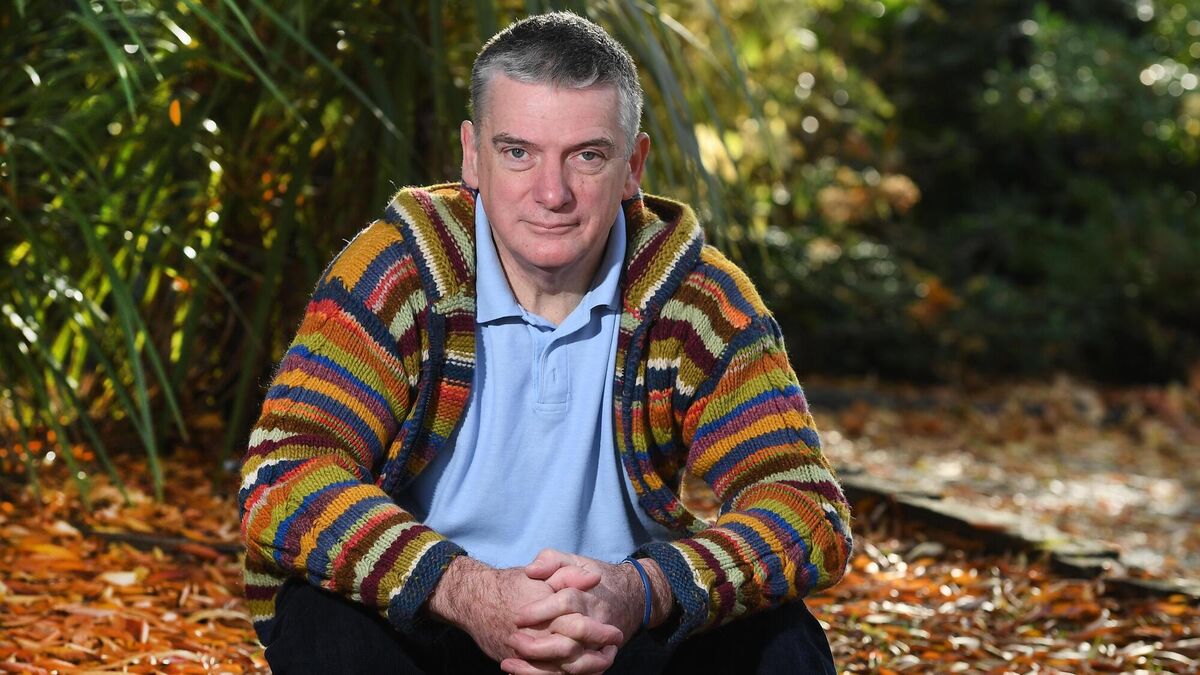
Seán resigned from Radió Éireann in 1955, the year after Ruth gave birth to Peadar, who says: “They were very young and I was left to my grandmother, which was not unusual that time. [Seán] went to England to get work as a composer and my mother, being the independent woman she was, said ‘I’ll go to France and get work’. Seán didn’t do so well in London and after six weeks/two months he bailed out - I believe he was working in a bookstore there – and he went to Paris. He wasn’t living with my mother because she was 60 miles east of Paris.”
When French radio aired Seán’s piano compositions, he adds, “My mother heard my father on the radio and came up to Paris that evening to be with him and they wired home to Cork to Seán’s parents that they wanted to come home.”
Returning in summer 1955, Seán’s mother Julia found him a job through contacts from her nursing days during the Civil War. “In charge of a small pit orchestra”, Seán directed music for the theatre’s plays and pantomimes for seven years, including Bryan McMahon’s ‘Song of the Anvil’, which required a wren boys performance and led Seán to recruit traditional musicians.
“At the very same time Seán had written a play about Eoghan Rua Ó Súilleabháin, the Irish language poet, that was running in the Damer Irish language theatre, and they were both performed during the Dublin Theatre Festival,” says Peadar. “He had other traditional musicians for that and he amalgamated the two groups of musicians to form Ceoltóirí Chualainn.”
During his most prolific period Seán composed and arranged orchestral and vocal pieces, also working extensively with Gael Linn, whose director Riobard Mac Góráin was a friend from UCC days. Work on Gael Linn’s first LP, Ceolta Éireann, with Cork baritone Tomás Ó Súilleabháin, was followed by the score for George Morrison’s groundbreaking 1959 film Mise Éire.
While his earlier classical music gained scant recognition, Mise Éire “made Seán a household name overnight”, says Peadar. Though their home in Dublin’s Galloping Green hosted legendary musical shindigs, Peadar’s childhood memory of Seán composing Mise Éire and sequel Saoirse? was “when he was doing his score, we were all banished from the house, down to his parents. When you are concentrating on something like that you can hear a pin drop.”
Ceoltóirí Chualann was launched during the 1960 Dublin Theatre Festival, the band, in formal dress, presenting traditional music with a nod to jazz improvisation, a style hitherto unknown. Peadar, then six, recalls the event’s red-carpet grandeur. “They took the number one hotel in Dublin, the Shelbourne. It was a concert of Irish traditional music on stage that you paid for a ticket to go in and hear. That wasn’t done up to then.”
The radio series that followed “was all about classical Irish culture and he had this new way of presenting Irish music in arrangements where there were soloists performing to show off their abilities, and then the whole band together.”
While Darach Ó Catháin and Seán Ó Siocháin sang with the group in its early days, Seán Ó Sé had taken over the mantle by 1962 and ‘An Poc ar Buile’ became an instant and enduring hit.
Their second series furthered the band’s prodigious output on Radio Éireann from 1963, adding an on-air music competition. Their recordings, before Ó Riada disbanded Ceoltóirí Chualann in 1969, included the soundtrack for Playboy of the Western World, Ceol na nUasal, and Ding Dong, their final public performance, released as Ó Riada sa Gaiety, including ‘Mná na hÉireann’.
Seán resigned from the Abbey in 1962, moving to the Gaeltacht, initially Corca Dhuibhne, then Cúil Aodha, “because he didn’t find resonance in the life he was having in Dublin,” says Peadar. “He was searching. The Gaelic nation was his theme. He was very aware of what was happening in Russian culture, American culture – he read in lots of languages – and he was searching for the Irish equivalent.”
In Cúil Aodha, “one of the first things he did was build onto the house and he would compose in that,” he adds. “Usually he’d do it at night time when we’d gone to bed and we’d hear him whistling away below as he walked up and down.”
Seán’s appointment as music lecturer at UCC in 1963 and Gaeltacht move came as the Second Vatican Council approved Mass in the vernacular. “Fr [Donnchadh] O’Connor, who Seán knew from Kerry holidays, was curate here and they shared a great interest in things liturgical,” says Peadar. As Fr O’Connor received transcripts of the new Mass from Maynooth, Seán set to work on what became known worldwide as ‘The Ó Riada Mass’, including ‘Ag Críost an Síol’, Gregorian chant meeting the sean-nós singing tradition of members of the newly-founded Cór Chúil Aodha.
“Donnchadh would arrive hot-foot up here to Seán and they’d disappear into the sitting room with boxes of fags, and whiskey, and there’d be poring over [the texts] and gradually bits of music started to appear,” says Peadar. “Seán had started the choir in Cúil Aodha and we started singing these things, so that by the time the Mass was finished into the vernacular, we were already singing it.”
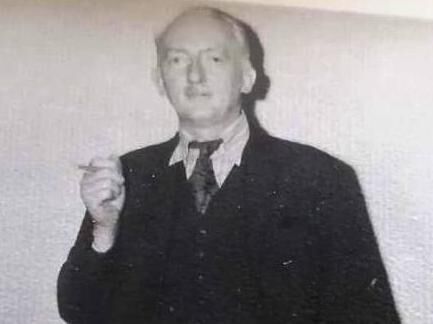
The first performance of a full Mass in Irish in Maynooth came in 1967, with Tomás Ó Fiaich as celebrant, Seán’s growing fascination with the spiritual seeing him write two further Masses. “He was asked to write a requiem for a sitting president when there would be a State funeral, the president being de Valera,” says Peadar. “He wrote the requiem, he wrote the funeral march, and he was just tackling the commemorative concert when he [Seán] died.” Working also with Aloys Fleischmann on a 10,000-strong index of Irish tunes, and giving summer music courses at UCC, “Seán was delivering those lectures when he had the crash which led to his death six weeks later,” recalls Peadar.
Although alcohol is widely credited with exacerbating his decline in health, “he always had a very weak liver – when he was 12 and again 14 he was very seriously ill with yellow jaundice – it’s a family trait,” Peadar adds.
“The crash brought on the jaundice immediately. It was a shock to the system and he didn’t take a rest. He went in and delivered the lecture and then he went on and did a concert in Dublin with a broken jaw and a whole fist of teeth missing. That Sunday he was literally dying.” After treatment in Cork’s Bon Secours hospital, Seán was flown to King’s College Hospital, London, where he passed away on October 3, 1971.
.................................................................
Upon their move to Cúil Aodha, the Ó Riadas immersed themselves in Irish language and Gaeltacht life. In addition to forming Cór Chúil Aodha and involvement with poetry school Dáimhscoil Mhúscraí, Seán started a gun and fishing club, encouraged the foundation of a piggery, and, with the local curate, backed a drive to promote more marriages as a remedy to population decline.
Seán’s belief that the area’s cultural wealth depended on its economic survival saw him use his connections in political society to kick-start local development. He was asked to become cultural director of Gaeltarra Éireann, forerunner of Údarás na Gaeltachta, and sat on a Government board planning for protection of the Irish language.
Micheál Ó Lionáird, then principal of the local vocational school, recalls attending a meeting with a Gaeltarra delegation in Seán’s home, including manager Cathal Mac Gabhann. “He [Seán] was the big man in it – all the others were invited – they came as a response to him,” he says. “Seán made a statement that he wanted to get employment centres in Baile Mhúirne and Cúil Aodha.” Facilities for a knitting factory and an engineering firm for glass bottle inspection resulted. “After that meeting there was land bought within a month for the knitting factory,” says Mr Ó Lionáird.
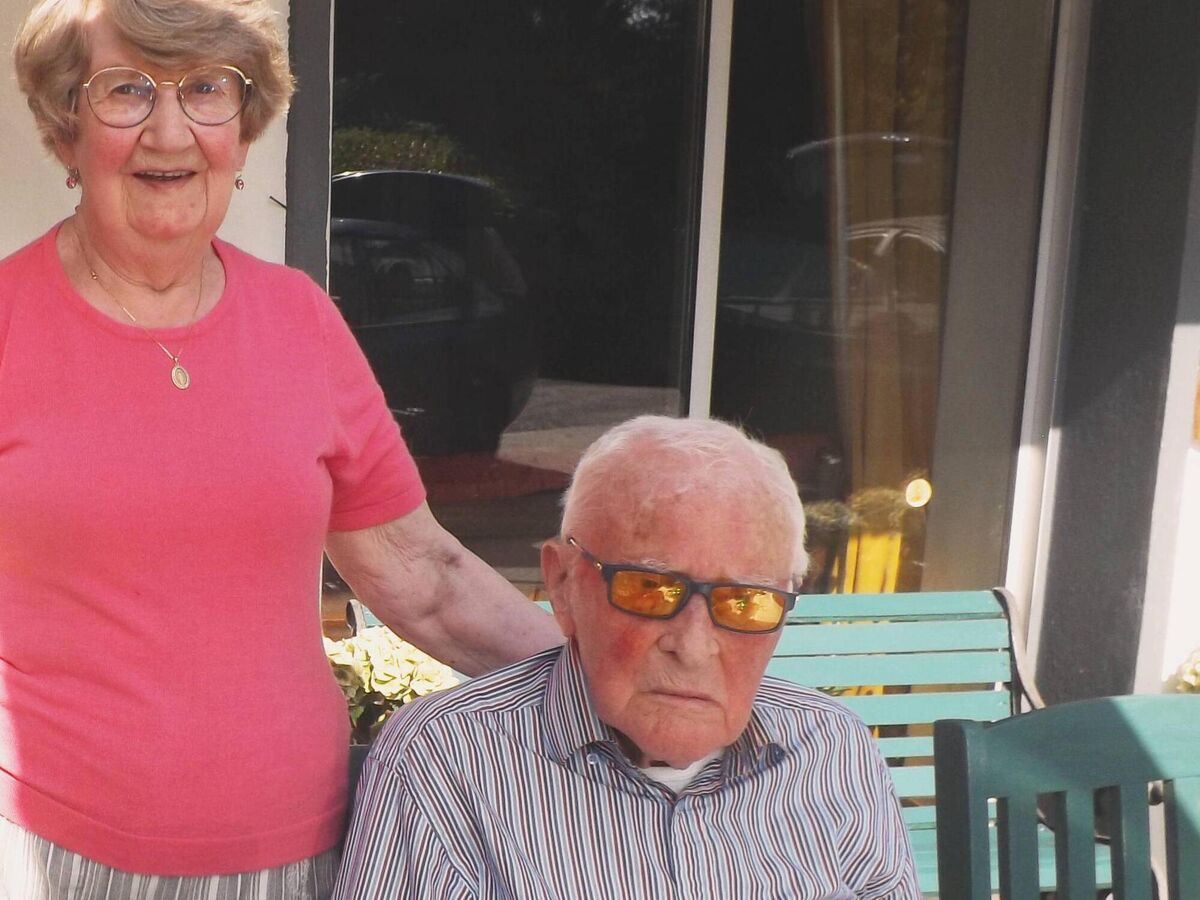
Though Seán did not live to witness the factories’ operation, his influence ensured a legacy of employment which “raised the quality of life substantially” for many. “It provided a life for them - they didn’t have to go to America, Australia, or England,” adds Mr Ó Lionáird.
Seán had further plans to boost employment and tourism. “He had a notion - and certainly if things ran positively for him it would be done – to build a hotel on the road going up to the Top of Coom.” The school, now Coláiste Ghobnatan, saw knock-on benefits from Seán’s innovation, he adds. “I could see the potential in the development of employment for people to learn trades, and because of that we got extra subjects on the curriculum. We started teaching shorthand typing and commerce, woodwork, metalwork. He brought a change in society and we fed into that change. He was certainly a very highly admired man.”
....................................................................
Dr Malachy Egan conducted extensive timeline analysis of UCC’s collection of Ó Riada’s papers, for his 2020 PhD thesis, ‘A new model: Seán Ó Riada, Ceoltóirí Cualann and Irish traditional music’.
“There was a set purpose to each and every aspect of his career,” he contends. “Ó Riada was very much thematic in his approach, if you analyse what he was doing, and each product of Ceoltóirí Chualann, whether that was albums or radio work, served a set purpose of exploring, experimenting, looking at Irish cultural practices, or looking at the harping tradition. There is a progression there but there is also a set theme in each.
“Ó Riada might not have directly expressed that in writing, but there was a clear thematic shift from one area to the next and of course he moved so fast from one piece of work to another, from one genre to the other. Within a 15-16-year period, in particular from 1955 onwards, it’s remarkable the ground that he covered.”
Ó Riada’s radio series Our Musical Heritage was particularly influential, he says. “One of the great legacies of Seán Ó Riada is his instigating a conversation about Irish traditional music within Ireland and in a European and world setting and pushing musicians, arrangers, and composers to talk about their music.”
Though he believes Ó Riada would have expressed himself musically in any era, coming in the first generation born into post-independence Ireland, “the time was exceptionally apt” for him to help shape a new cultural identity.




